The Vietnam Museum of Ethnology is an ideal destination in Hanoi, located at 1 Nguyen Van Huyen Street, Nghia Do Ward, Cau Giay District, where more than 15,000 unique cultural artifacts of 54 Vietnamese ethnic groups are preserved. With indoor, outdoor and Southeast Asian exhibition areas, the museum vividly recreates traditional life, customs, and architecture. This is a must-see address for those who want to explore the diversity of ethnic cultures.
1. Location and General Overview
1.1. Vietnam Museum of Ethnology address
The Vietnam Museum of Ethnology is located at No. 1 Nguyen Van Huyen Street, Quan Hoa Ward, Cau Giay District, Hanoi – a convenient location just about 8 km from the city center. It takes around 20 minutes by car or motorbike from Hoan Kiem Lake to reach the museum.
1.2. Vietnam Museum of Ethnology opening hours and ticket price
The Vietnam Museum of Ethnology opening hours are from 8:30 AM to 5:30 PM daily, except Mondays and public holidays. The Vietnam Museum of Ethnology ticket price is currently 40,000 VND per person, with additional guided tour services in Vietnamese, English, and French, as well as photography packages for casual visitors and professional photographers.
1.3. History and scale
Construction of the museum began in 1981, and it officially opened on November 12, 1997. Covering an area of more than 4.4 hectares, with 2,000 m² dedicated to permanent exhibitions, the Vietnam Museum of Ethnology houses a collection of over 30,000 artifacts. Designed by Vietnamese architect Ha Duc Linh in collaboration with French ethnologist Véronique Dollfus, the building blends modern design with traditional cultural elements, creating a space that is both visually impressive and culturally authentic.
2. Dong Son Drum Building – An Indoor Cultural Journey
2.1. First floor – A colorful cultural mosaic
Upon entering the Dong Son Drum Building, visitors are greeted by a spacious and well-lit exhibition area showcasing thousands of artifacts organized by region. From the vibrant brocade of the Thai and Hmong people to the distinctive Piêu scarves of the Tay, and the floral skirts of the Dao, the diversity is striking. Traditional musical instruments such as the Hmong khen, Tinh lute, and lithophone are displayed alongside farming tools that reflect the agricultural lifestyle.
2.2. Second floor – Iconic cultural treasures
The second floor houses symbolic treasures, including Dong Son bronze drums, wooden statues from the Central Highlands, and ceremonial masks of the Khmer. Each artifact is accompanied by detailed descriptions, allowing visitors to gain deeper insight into their historical and cultural significance.
3. Outdoor Exhibition Area – A Symphony of Folk Architecture
3.1. Original architectural masterpieces
The Vietnam Museum of Ethnology outdoor exhibition area spans about 2 hectares and faithfully recreates traditional architectural works. The towering communal house of the Central Highlands rises proudly with its high-pitched roof, symbolizing community strength. The longhouse of the Ede stretches for dozens of meters, representing the matrilineal culture. Tay and Nung stilt houses stand firmly on the hillside, evoking the mountainous landscapes of the Northeast, while the thatched houses of the Red River Delta offer a warm and nostalgic glimpse into rural life.
3.2. Cultural events and festivals in the outdoor area
During major festivals, this outdoor space transforms into a vibrant stage with Thai Xoe dances, Central Highlands gong performances, ethnic food preparation, and reenactments of traditional celebrations. Visitors are encouraged to join in, creating an immersive and multi-sensory cultural experience.
4. Kite Building – Exploring Southeast Asian Cultures
4.1. Artifacts and unique displays
The Kite Building takes visitors beyond Vietnam to explore the cultures of Southeast Asia. Here, one can admire the intricate batik textiles of Indonesia, gilded Buddha statues from Thailand, and dugout canoes from the Philippines.
4.2. International thematic exhibitions
Regular thematic exhibitions present religious rituals, festivals, and traditional art from various countries in the region, offering a broader understanding of Southeast Asia’s rich cultural tapestry.
5. Interactive Experiences – Becoming Part of the Culture
5.1. Traditional crafts and folk games
Visitors can try weaving brocade on traditional wooden looms, shaping pottery in Cham style, or playing folk games like “O an quan” and “nem con.” These activities are guided by skilled artisans, making the experience both educational and engaging.
5.2. Traditional music and performing arts
The sound of the Hmong khen, the Tinh lute, and the echo of gongs fill the air, accompanied by traditional dances and costumes, turning the museum visit into a colorful cultural feast.
6. Significance and cultural value of the Vietnam Museum of Ethnology
The Vietnam Museum of Ethnology is not only a repository of artifacts but also a center for cultural research, preservation, and promotion. It plays an important role in strengthening national identity in the context of globalization. For Vietnamese visitors, it is a place to reconnect with their roots; for international travelers, it is a gateway to Vietnam’s diverse and vibrant cultural world
 Register
RegisterSign in Travel Agent
Sign in Supplier
Sign in Affiliate
Sign in Guru

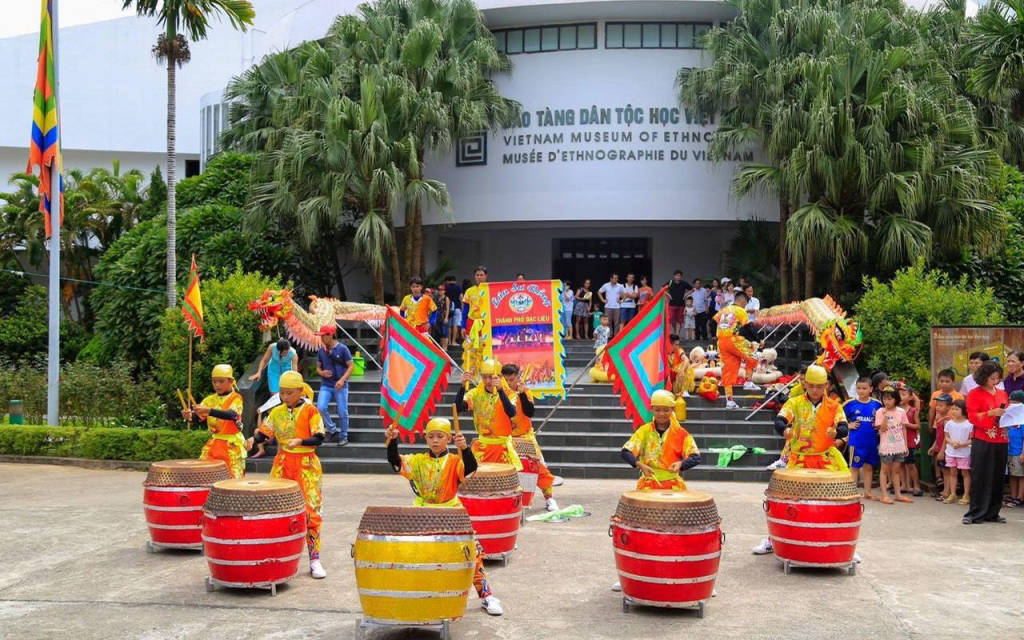
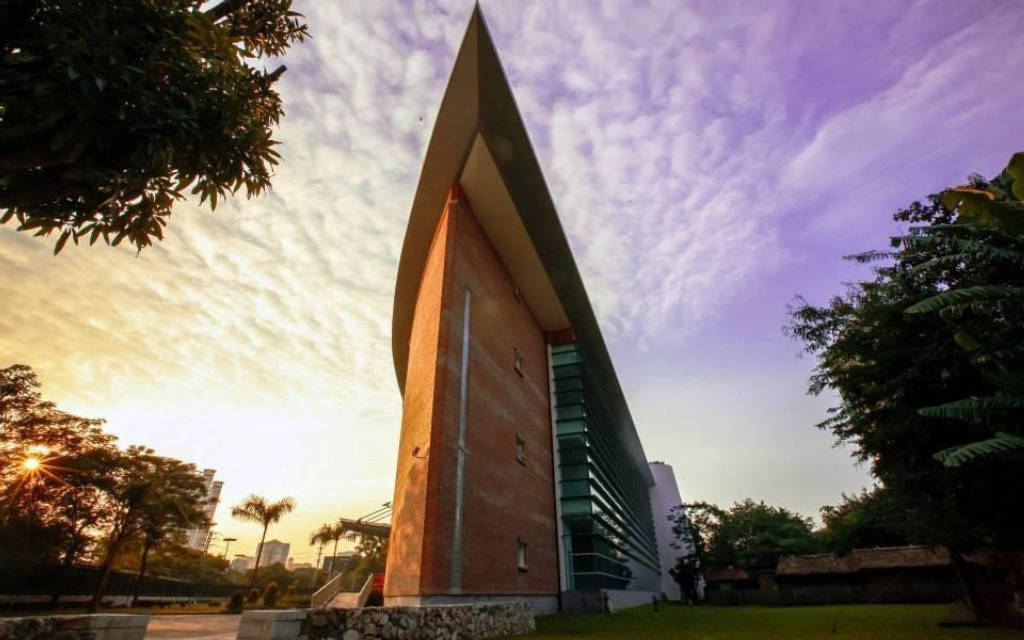
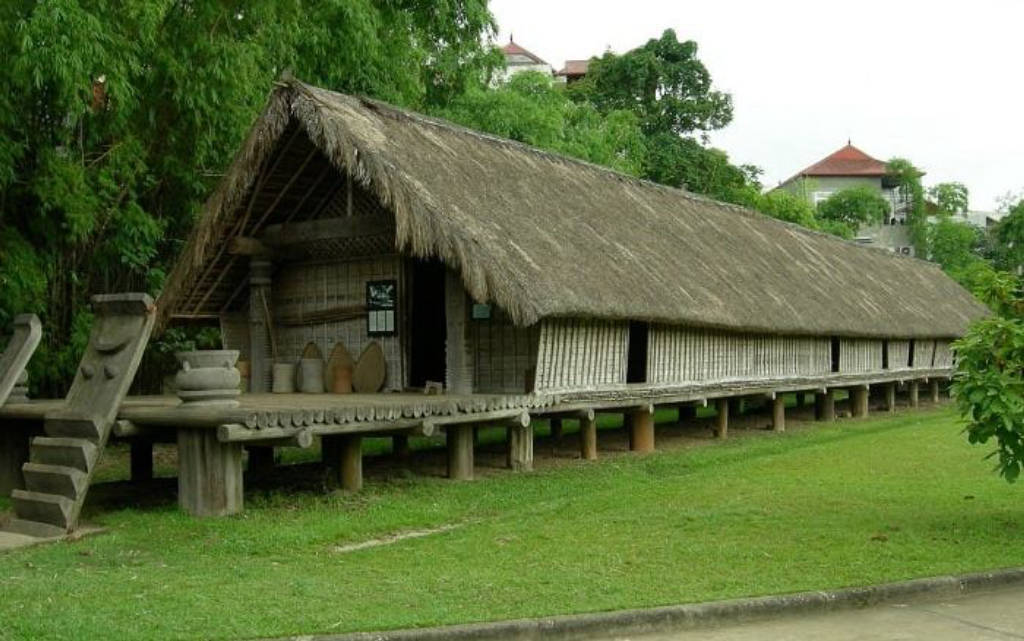
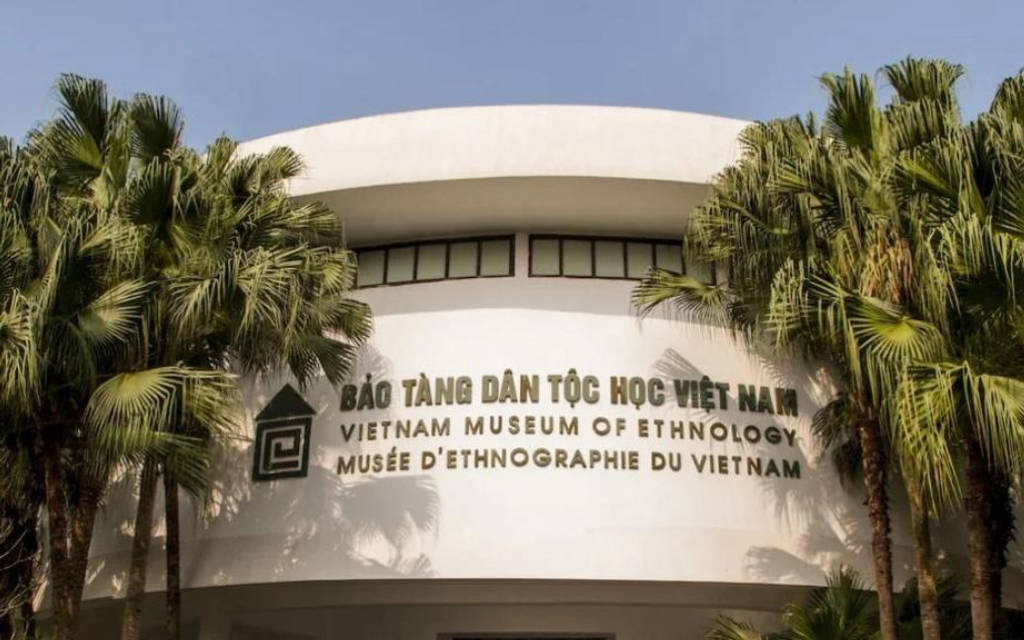
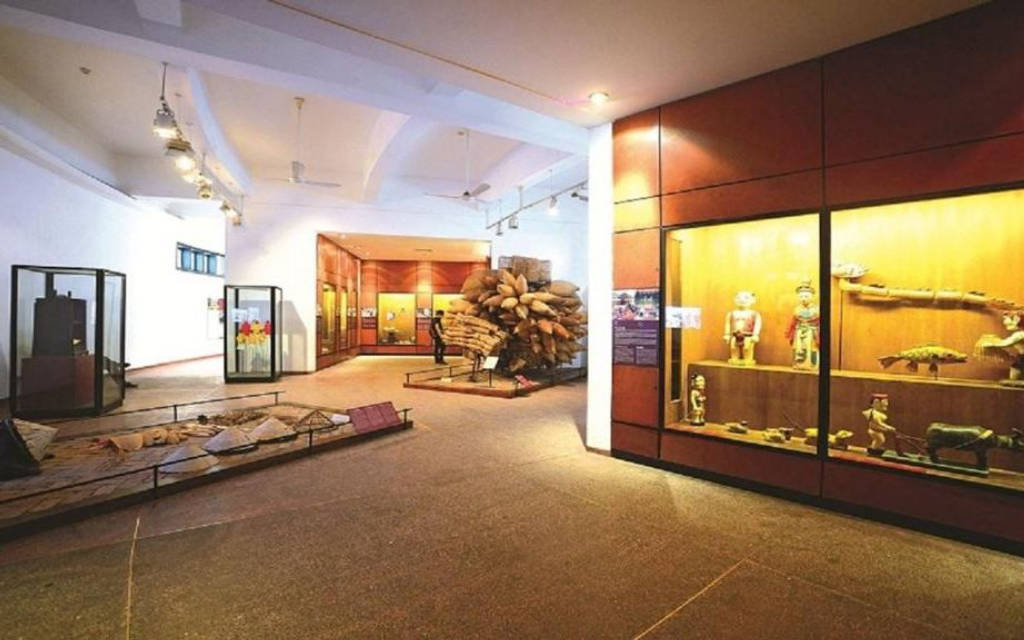
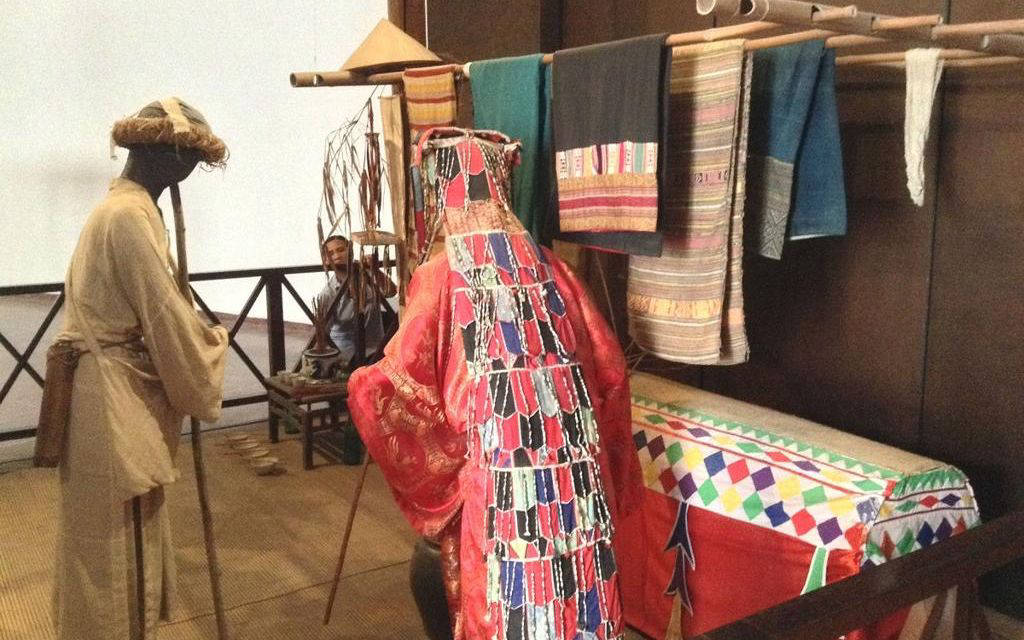
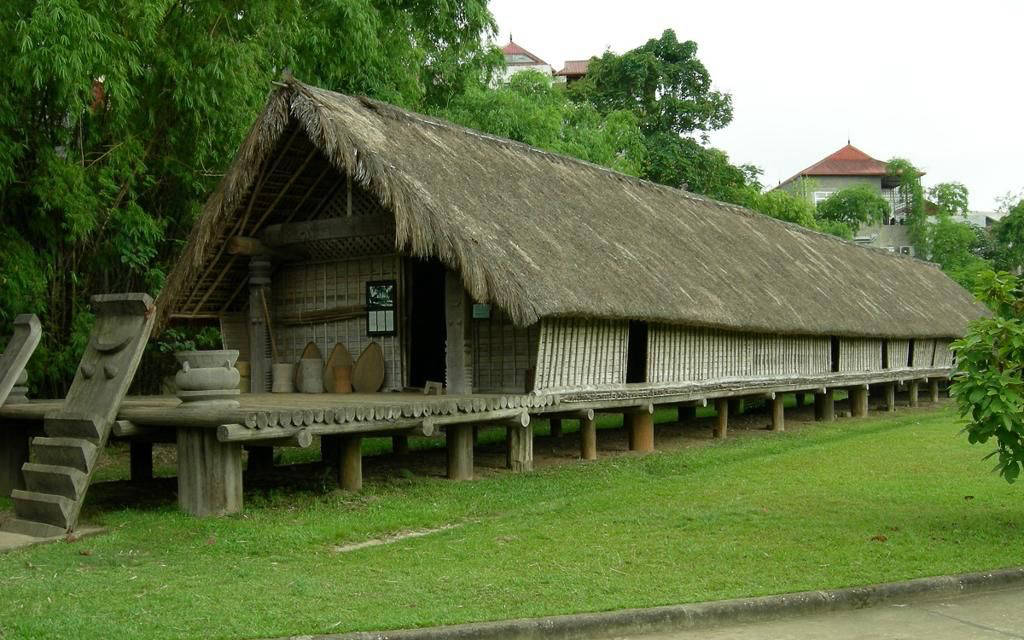
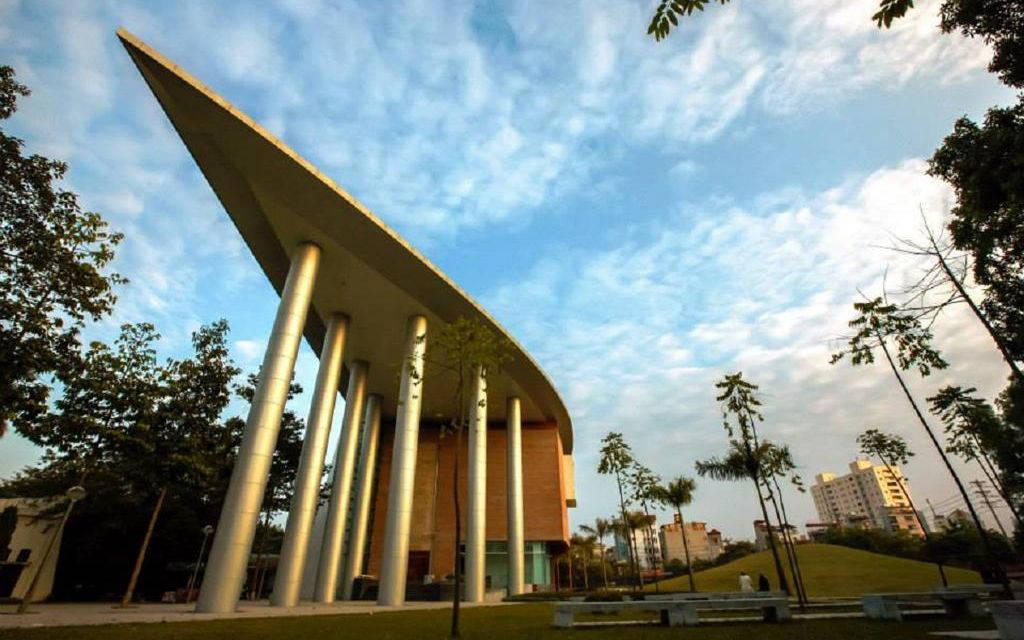
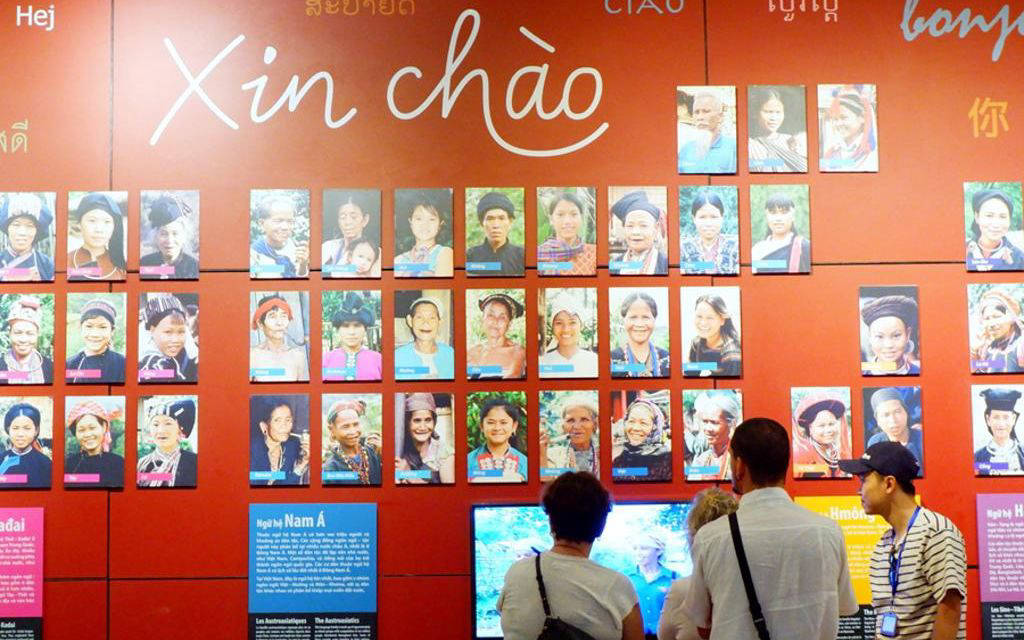









 số 1, đường Nguyễn Văn Huyên, quận Cầu Giấy, Tp. Hà Nội, Việt Nam
số 1, đường Nguyễn Văn Huyên, quận Cầu Giấy, Tp. Hà Nội, Việt Nam